As our understanding of corals and coral reefs has increased over the past few decades it has become increasingly clear that a coral reef and even each individual coral is far more diverse than we ever would have expected.
Having taken my last microbiology class some forty years ago, it quickly became apparent as I reviewed the literature that our understanding of biomes and microbiomes has dramatically changed during that time. And it is also apparent that understanding what is occurring in the microbiome and how changes can dramatically increase or diminish our chances for success in keeping corals alive is crucial.
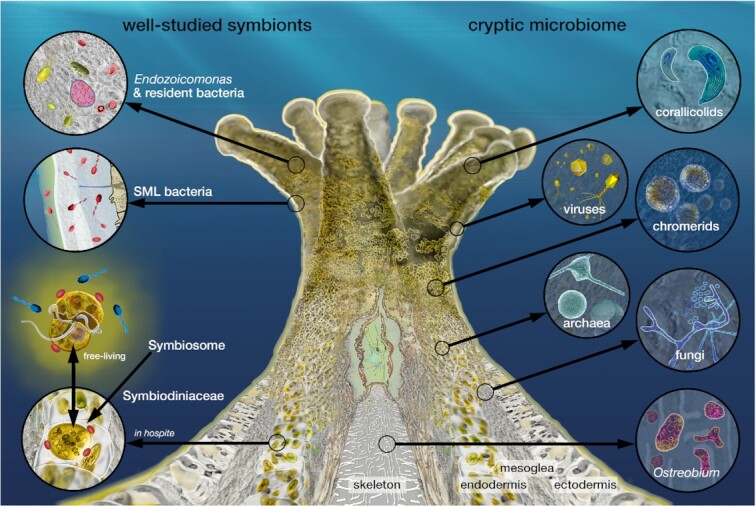
Before delving into the coral microbiome, a biome should first be defined. A biome is simply an area that is defined by the species of organisms that live in that location. A coral reef biome consists of all of the organisms that live in and around it including corals, fish, micro and macro fauna, algae, bacteria, fungi, viruses, etc. A number of factors can affect a coral biome and what lives in it including the amount of light and water flow around it as well as temperature, pH, water chemistry, etc., with each of these making a particular biome unique. While each coral lives in a biome suited to its needs, each of these corals also has a microbiome surrounding and living within it.
What is a coral microbiome?
The coral microbiome consists of a number of organisms including bacteria, fungi, viruses, dinoflagellates, archaea as well as other organisms. Not only does each coral have a unique microbiome, but each part of the coral’s body also contains a unique set of these microbes. The coral’s gut has one microbiome, while its skeleton contains another, and the mucous or epidermal layer surrounding the coral is a third.
Each microbiome performs a unique function necessary for keeping a coral alive including nutrient absorption, waste removal, or food capture. While we are all aware of the symbiotic relationship between the endosymbiotic dinoflagellate Symbiodinium, and how it is crucial for the success of photosynthetic corals, it is only now being understood that this relationship is only possible due to the array of microorganisms working together to maintain the homeostasis between the coral host and the dinoflagellate.
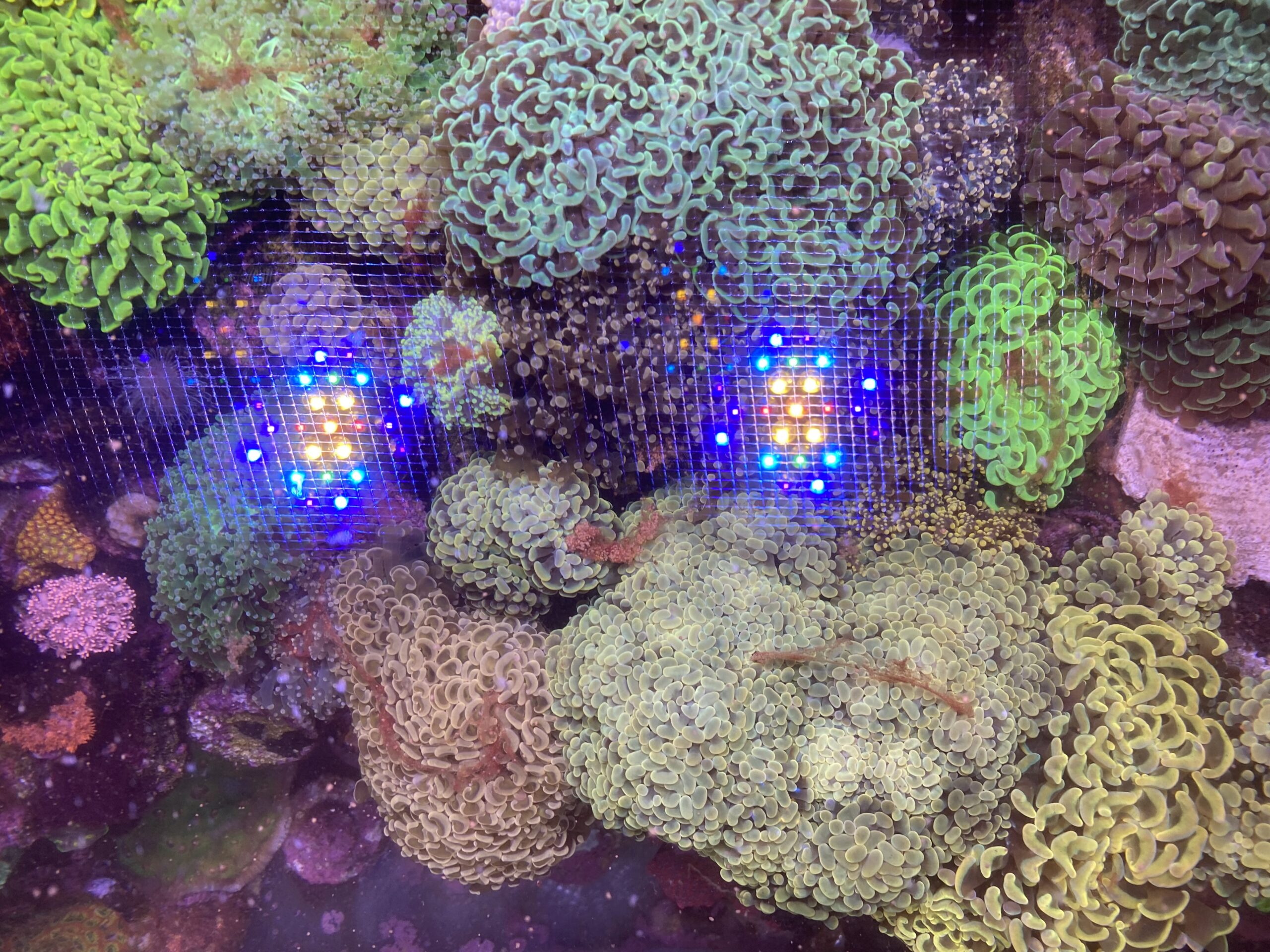
Stress
Any number of factors can stress the coral. These factors include temperature, pH, poor water quality, trace element depletion, and water chemistry imbalances. When such factors are out of balance, disease or even death can result for our corals. Over the millennia corals have been very successful and have had to evolve very little owing to the stability of the ocean and the successful development of these microbiomes. But just as rising ocean temperatures, as well as increased ocean acidification, have caused “unprecedented outbreaks” of coral disease and bleaching in some reefs, having an “unbalanced” for lack of a better term, microbiome for a coral or in a reef tank can also lead to problems.
During most of the years this hobby has been around, a microbiome imbalance was seemingly not an issue, or we simply did not understand it. But over the past few years, as more microbiome-related issues have been reported, more studies on this topic have occurred. These microbiome-related problems include tank-wide coral bacterial infections, dinoflagellate outbreaks, or complete tank wipeouts to name a few. Seeing these problems occurring on a more frequent basis raises the questions of why this is happening and what can be done to reduce the likelihood of their occurring.
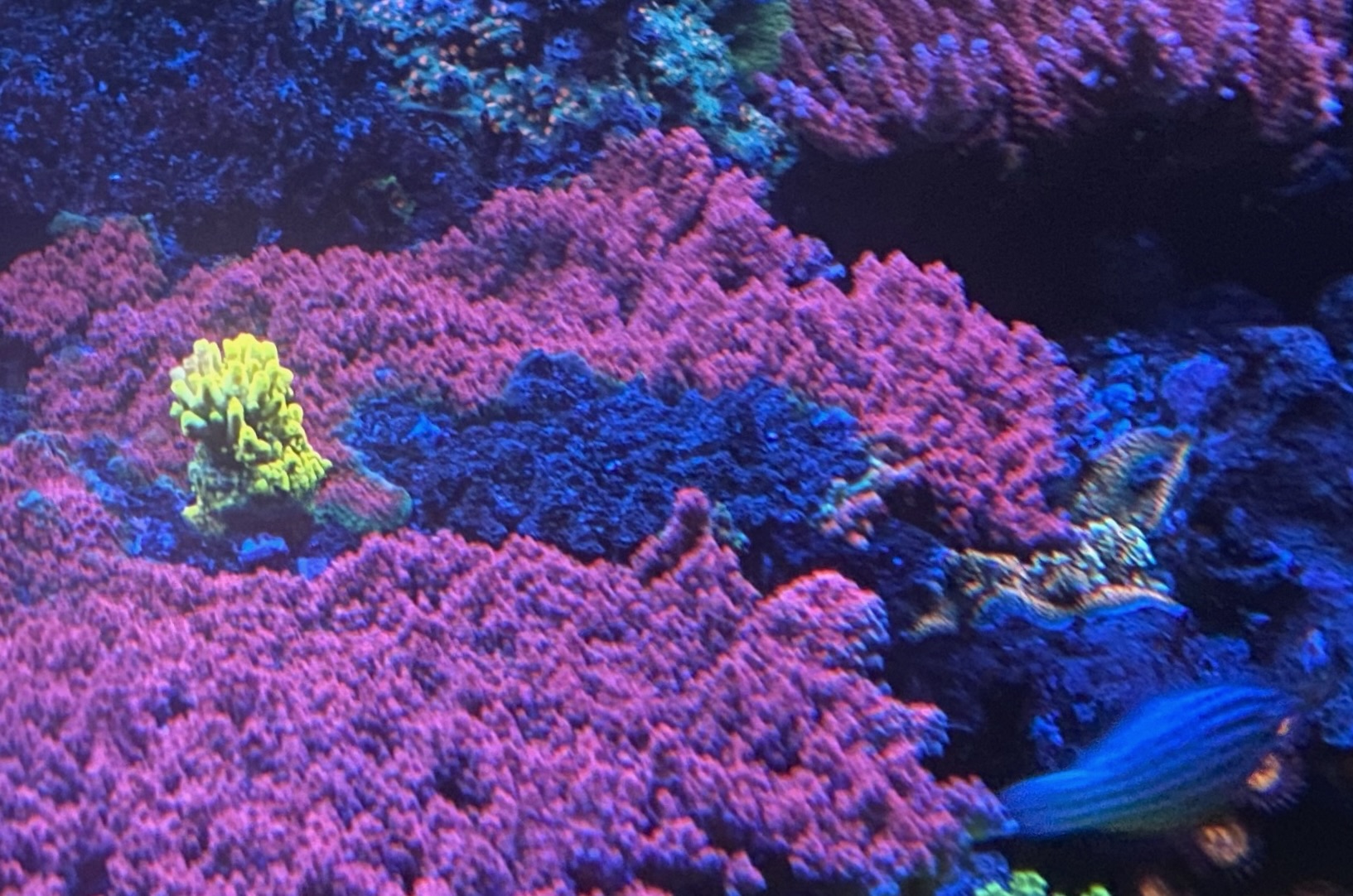
There are undoubtedly numbers of factors leading to these issues with each having its own unique solution. As stated above, each area of the reef and each coral has its own microbiome. While each of these microbiomes is unique, the biome from which they come from typically have a lot of things in common. That is corals taken from Fiji all live in the Fiji biome, which is different from the Great Barrier Reef biome and the Indonesia biome.
While the water chemistry and conditions in each of these biomes is stable, it also differs significantly from biome to biome. Why this is significant is that in the early years of the hobby when many of these problems were rare or did not occur at all, most of the corals we kept in our tanks came from one area almost exclusively. Now, however, we mix corals from Australia with corals from Indonesia, and now, Fijian corals are also in the mix. This mixing of corals from different biomes may change or alter the microbiomes in some of the less resilient corals leading to their being susceptible to disease.
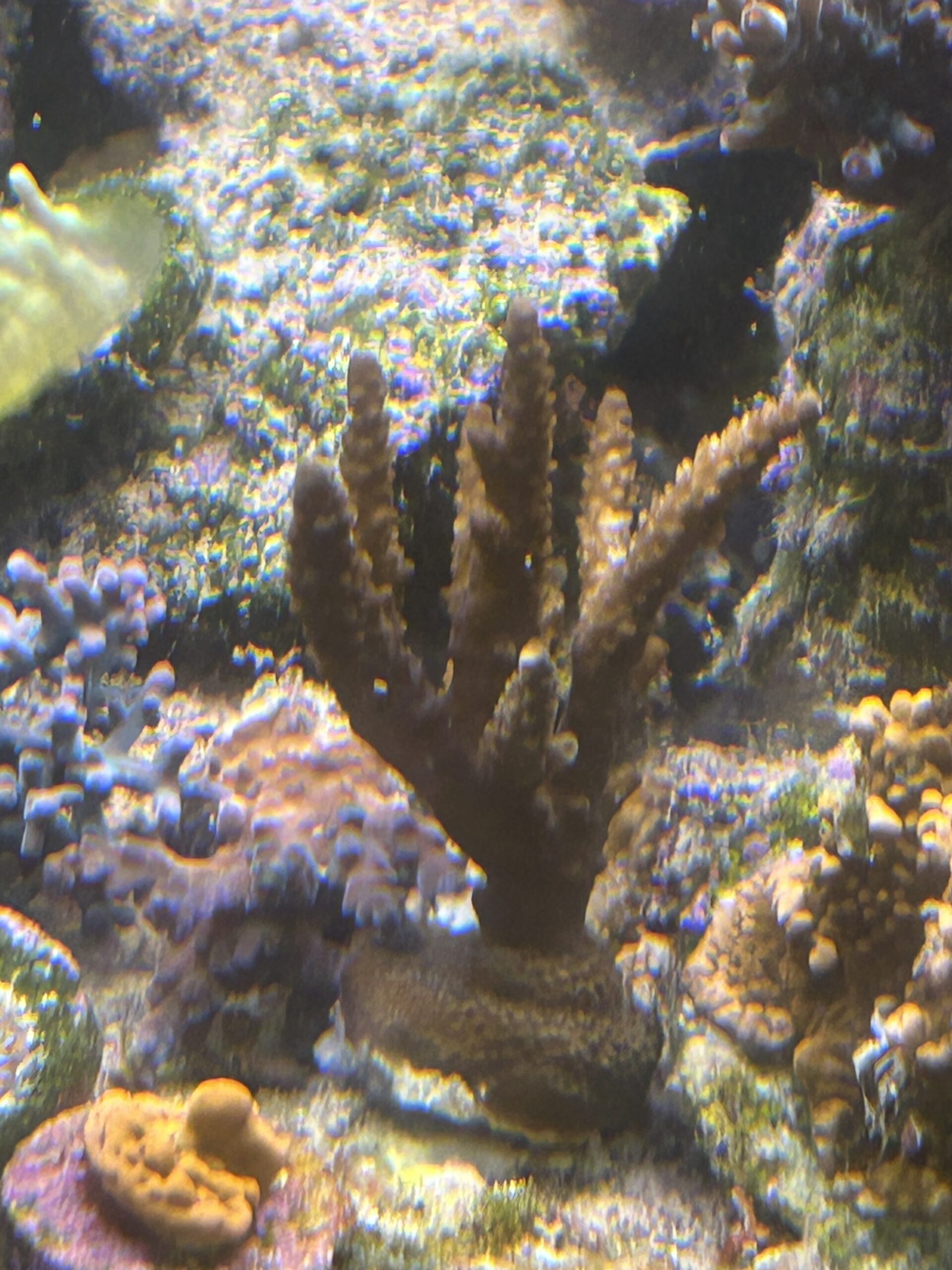
Taking this one step further, now more than ever, we now not only mix corals from different geographical biomes, but we also now mix corals from different areas within the reef itself. That is, we mix sps corals like Acropora and Montipora from high-energy areas, with LPS corals like chalices and Euphyllias from low or lower-energy areas and expect them both to thrive. This may be problematic as some studies suggest that corals select their symbiotic microorganisms based on the prevailing environmental conditions as well as the microorganisms available.
This may mean that if the conditions are best for one type, genus, or species of coral versus another, the result may be that one holobiont dominates over others that are present. A holobiont is an assemblage of a host, in this case, a coral, and the many other species of organisms living around or in it that form a discrete ecological unit through symbiosis. This may help to explain why in some tanks one coral or group of corals often appear to do significantly better than the other corals housed with them.
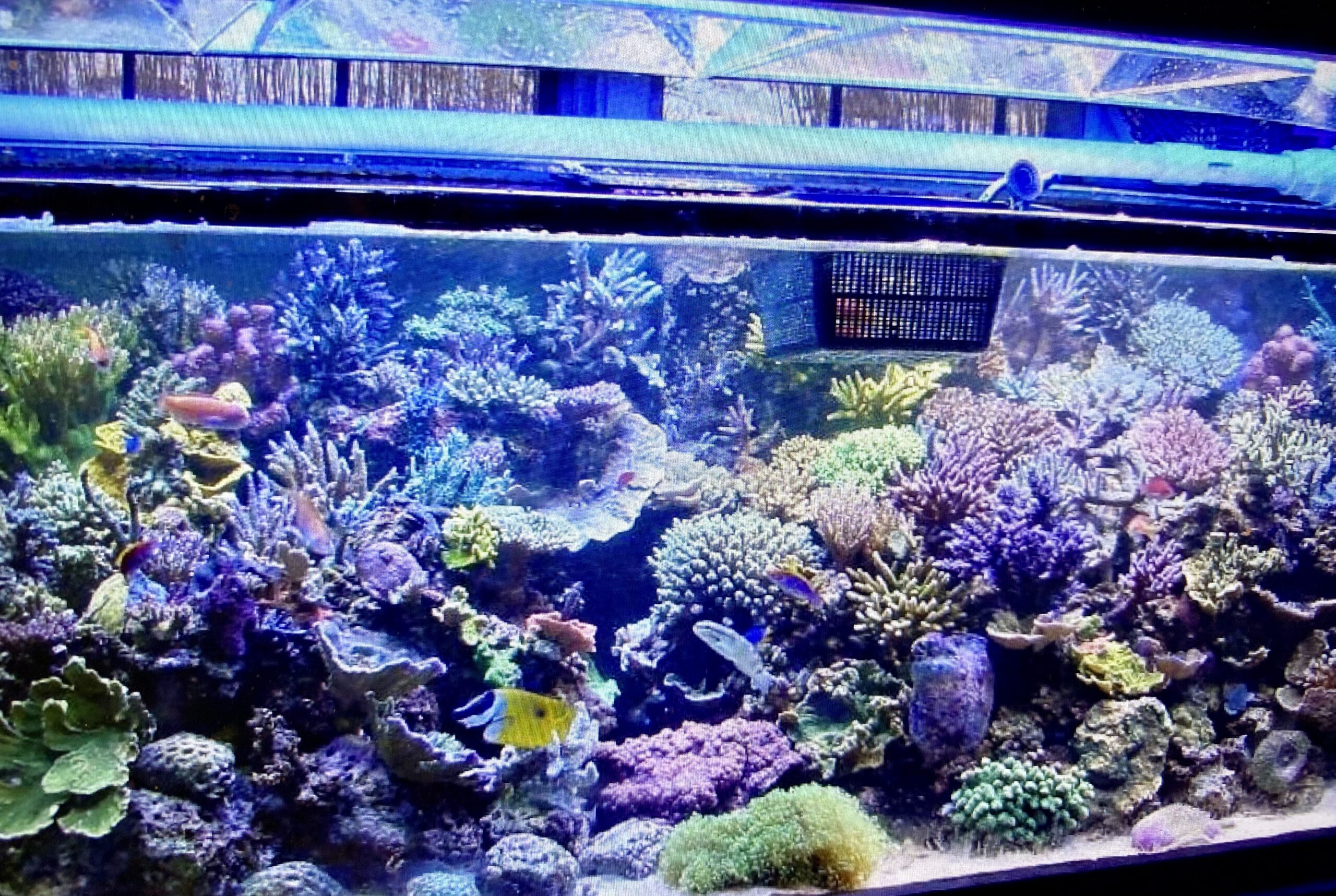
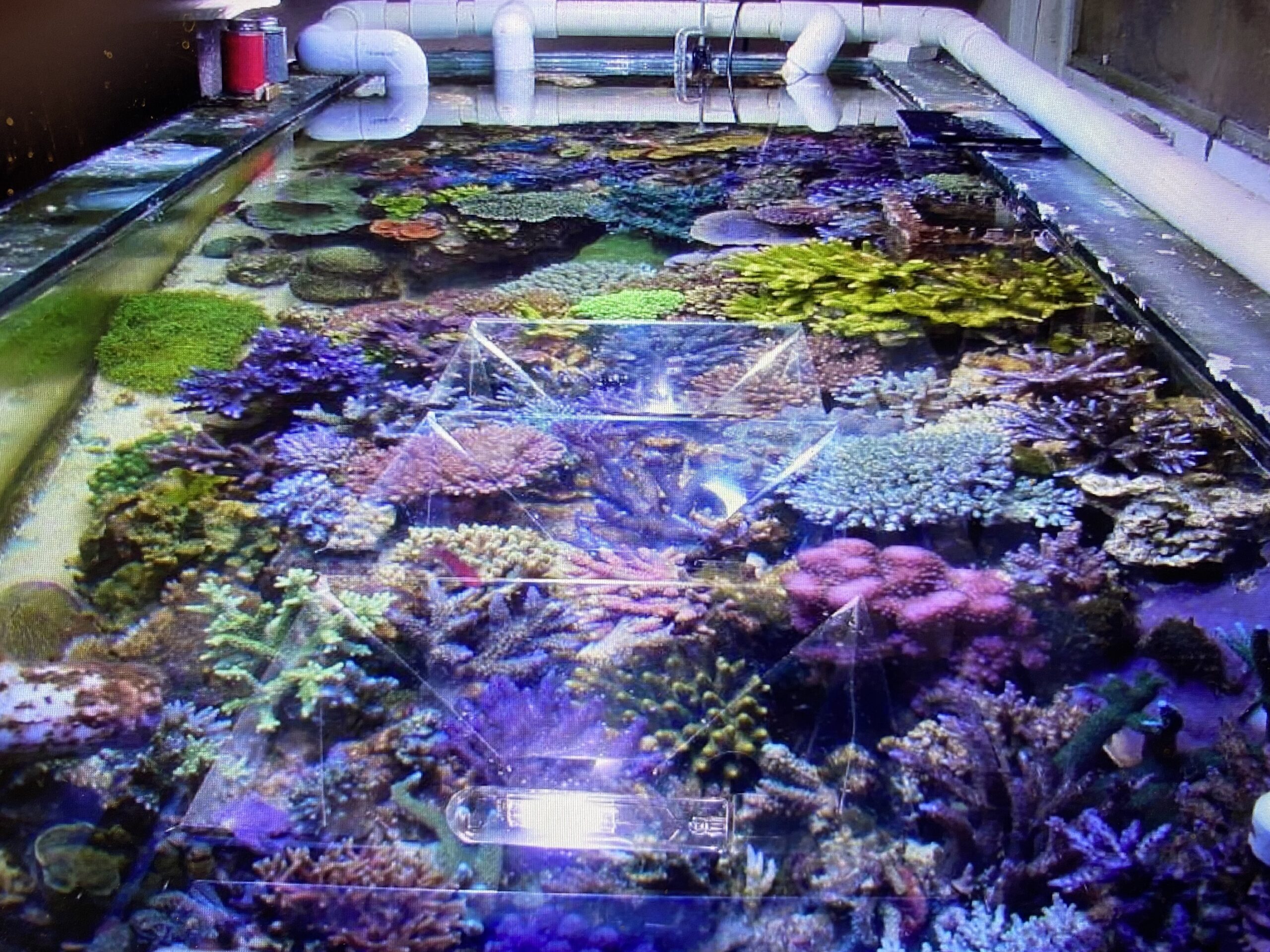
This problem may also be exacerbated by the now more frequent use of dry “dead” rock instead of “live”, live rock. Please understand I am not saying that a tank can’t be successful if dead rock is used, but that if this rock is used it needs to be adequately cured or inoculated with what have now been termed BMCs (Beneficial Microorganisms for Corals).
In my experience the tanks that have done the best using dry rock were “cured” for longer period of time than conventional live rock and were inoculated, not only with multiple strains of commercial bacteria, but also with at least a few pieces of live rock that were taken from the ocean or from a successful tank. This addition of live rock can help provide some of the microorganisms other than just bacteria necessary to help develop a microbiome.
Interestingly the introduction of these environmental probiotics may have additional benefits beyond just improving coral health short term. This may include increasing coral resistance to disease, reverse bleaching, removal of bacterial pathogens, and control of algae blooms. Unfortunately, research into which specific BMCs are responsible for what is still in its infancy.
Bacterial variety
One thing that has been observed in this research is that having a wide variety of bacteria present in a tank is superior to only having a few genera or species of bacteria present. From the literature and my own experience it seems that the tanks that do the best have 18-25 genera of bacteria in them, while those with less than fifteen seem to have issues.
It has also been my experience that when tanks have this lower number of genera, pathogenic bacteria seem to be more prevalent or more dominant. For this reason, I have started dosing a wide variety of commercial bacteria from time to time as well as adding a fresh piece of live rock once or twice a year. I am also experimenting with another means of enhancing the probiotic conditions in the tank which I will talk about in a future article.

As stated above, certain conditions enhance the positive bacterial population while other conditions tend to favor the more pathogenic bacteria. In the literature it has been found that after water chemistry stability, the biggest cause to increase pathogenic bacterial prevalence is pH. That is when pH is low in an aquarium, <7.7, the conditions favor pathogenic bacteria. While it is anecdotal, it may be why more and more hobbyists have either gone back to using kalkwasser to increase pH or are using CO2 scrubbers to increase pH. It may also be why there are now more bacterial infections on reefs, due to the acidification of the ocean.
Now when looking at the logs in my own tanks, I have found that when pH has been allowed to drift lower have coincided when there have been issues with RTN/STN. While I cannot show direct causality, it is an interesting coincidence and has provided me with the incentive to maintain a higher pH in my tanks.
Microbiome disruption
When looking at all of these factors together it seems clear that disruption of the microbiome can produce negative consequences in tanks and for specific corals. These disruptions may account for why more and more hobbyists are experiencing bacterial infections in their tanks leading to RTN/STN. Unfortunately, while the short-term fix of using antibiotics may be the simplest way to eradicate the excess pathogenic bacteria, it is only treating a symptom and not the cause.
In order to do this the entire microbiome needs to be reset. This usually means improving the water chemistry, especially pH, while also re-inoculating the tank with healthy bacteria. Fortunately, there are now enough commercially available bacteria to do this with as well as true live rock from a few locations. Once this reset is done most corals are resilient and will come back and thrive.
In my opinion, getting a better understanding of the coral microbiome and its role in coral health will be one of the next advances in the hobby. Just as with vineyards or other agricultural products, there is a terrior surrounding living organisms like corals that affects every aspect of their being. While we now have a good understanding of a large biome like a coral reef, the microbiome is probably almost as important. I expect that as this hobby continues to advance and achieves a better understanding as well as being able to manipulate the microbiome in our closed systems the results will be an even greater success.


